
Nov 2 , 2024
By Jordan Schwartz
The most urgent development challenges are nearly always on the agenda whenever the world’s financial and political leaders convene – whether at the G20 summit, the United Nations General Assembly, or the International Monetary Fund (IMF) and World Bank annual meetings. Increasingly, the solution these leaders propose to such problems, from poverty alleviation and public-health crises to climate change and the energy transition, is more financing.
They are not wrong. Addressing each of these challenges requires more than a trillion dollars. For example, Latin America and the Caribbean need 2.2 trillion dollars to invest in sustainable infrastructure, while emerging markets worldwide require 1.5 trillion dollars annually for such projects. Much of this financing will come from multilateral development banks (MDBs), which have already started using their balance sheets more aggressively.
But equally important is MDBs’ innovative deployment of instruments, including capital-market mechanisms, structured finance, and sustainability-linked bonds, to mobilise more public and private finance for such investments. These institutions offer guarantees, debt swaps, contingency financing without commitment fees, and climate-resilience clauses to client countries in exchange for commitments to mitigate greenhouse gas emissions and protect nature.
To be sure, these instruments are not necessarily new.
The Code of Hammurabi, nearly 4,000 years old, allows for the suspension of debt payments following a flood or drought. The use of green capital-market instruments dates back to at least the 1640s, when Dutch water boards issued perpetual bonds to finance improvements to local canals. Credit guarantees have existed since the 19th Century. MDBs have introduced these instruments into cross-border finance, which is an innovation. Facilitating further progress requires ensuring that they are integrated into developing countries’ economic policies and become standardised and thus replicable.
The energy transition, for example, requires investing in renewables, expanding transmission networks to overcome the intermittency problem, and mitigating the risk of stranded fossil fuel assets. In many developing countries where utilities are financially constrained, the burden is unaffordable. Climate finance thus requires economic policymaking that considers the ability of consumers and taxpayers to repay these investments. Policies related to pricing, regulation, sector planning, and the investment environment will increasingly determine financial viability.
The dramatic increase in the frequency and severity of extreme weather also requires a shift in economic thinking. Finance ministers generally rely on emergency-response financing to rebuild after such events, based on the belief that catastrophes are few and far between. However, the most intense hurricanes are now more than three times more frequent than they were a century ago, droughts last longer, and more predictable events, such as seasonal storms, are increasingly severe. Worse, disasters, including pandemics, are increasingly overlapping.
Governments should, therefore, use proactive financial instruments – from loans that finance flood management systems to guarantees that support climate-change adaptation – to build resilience before extreme weather events occur. Each dollar spent on advance planning can save up to 13 dollars in reconstruction costs when a crisis hits, minimising emergency borrowing.
Another innovation is the standardisation of available mechanisms. This includes clarity on their intended use, because markets should understand the benefits accruing from instruments that incentivise sustainable practices to price them properly. To that end, the United States Commodity Futures Trading Commission recently issued guidance for the listing of carbon-offset derivatives, and the International Sustainability Standards Board is focusing on developing green bond standards.
If we want voluntary carbon markets to grow, and the price of green finance to reflect the real value of addressing climate change and supplying global public goods, then how such instruments are used should be verifiable and easily comprehensible. The cost of not investing in climate mitigation and resilience, as well as other development goals, increases every year, making guarantees and insurance products ever more expensive in the most vulnerable and least prepared countries.
MDBs should provide more green financing, but standardising innovative instruments and encouraging their use in economic policymaking are as important.
Balancing economic growth with poverty alleviation and climate objectives is the central challenge for many emerging and developing economies. Their governments should deploy the full range of available financial tools to combat global warming while ensuring that these efforts result in productivity gains and growth. Otherwise, their debt will become unsustainable.
PUBLISHED ON
Nov 02,2024 [ VOL
25 , NO
1279]


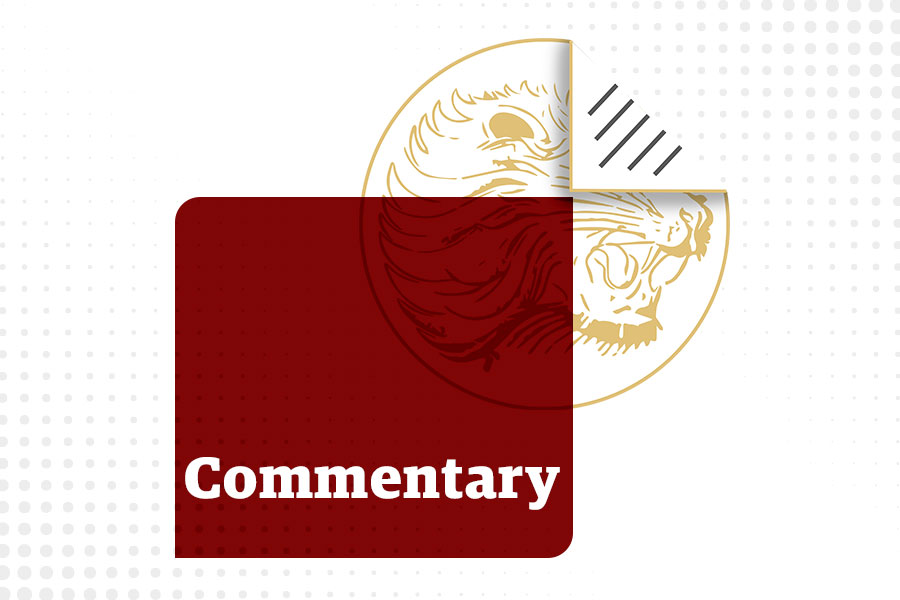
Commentaries | Aug 26,2023

Commentaries | Sep 06,2025

News Analysis | Jul 01,2023

Fortune News | Aug 07,2021

Fortune News | Aug 14,2022

Fineline | Jun 14,2020

Commentaries | May 14,2022

Commentaries | Jul 23,2022

Radar | Oct 02,2023

Photo Gallery | 180889 Views | May 06,2019
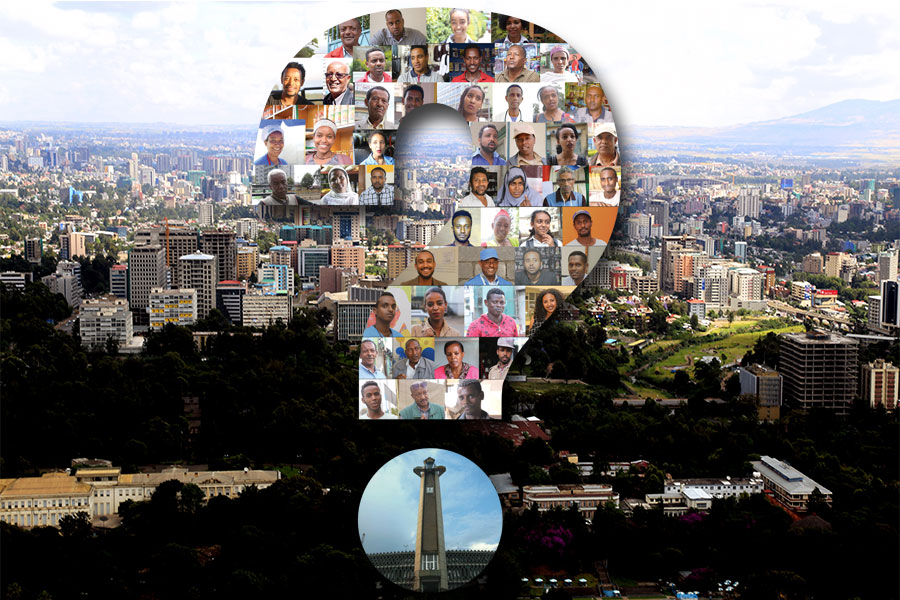
Photo Gallery | 171083 Views | Apr 26,2019

Photo Gallery | 162214 Views | Oct 06,2021

My Opinion | 137336 Views | Aug 14,2021

Dec 22 , 2024 . By TIZITA SHEWAFERAW
Charged with transforming colossal state-owned enterprises into modern and competitiv...

Aug 18 , 2024 . By AKSAH ITALO
Although predictable Yonas Zerihun's job in the ride-hailing service is not immune to...

Jul 28 , 2024 . By TIZITA SHEWAFERAW
Unhabitual, perhaps too many, Samuel Gebreyohannes, 38, used to occasionally enjoy a couple of beers at breakfast. However, he recently swit...

Jul 13 , 2024 . By AKSAH ITALO
Investors who rely on tractors, trucks, and field vehicles for commuting, transporting commodities, and f...

Nov 1 , 2025
The National Bank of Ethiopia (NBE) issued a statement two weeks ago that appeared to...
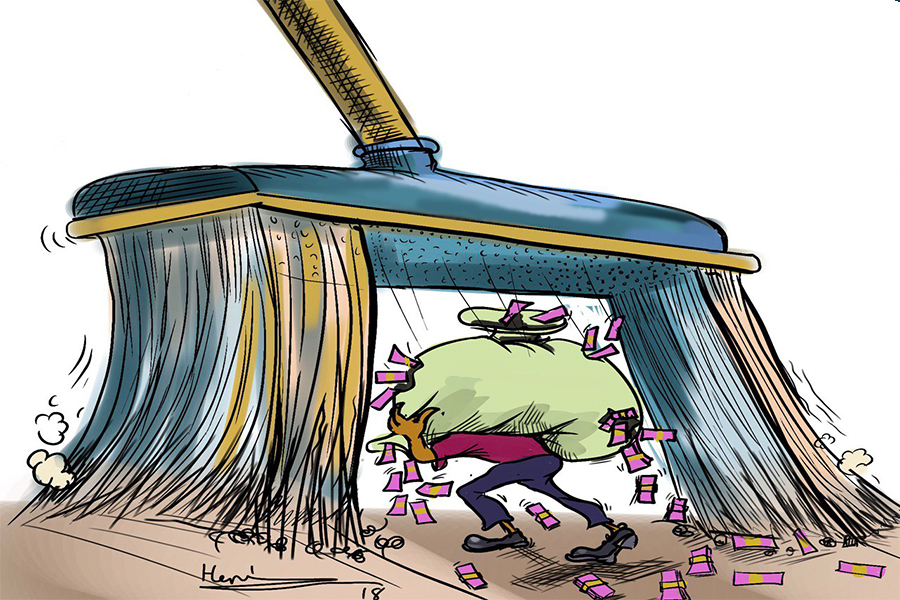
Oct 25 , 2025
The regulatory machinery is on overdrive. In only two years, no fewer than 35 new pro...
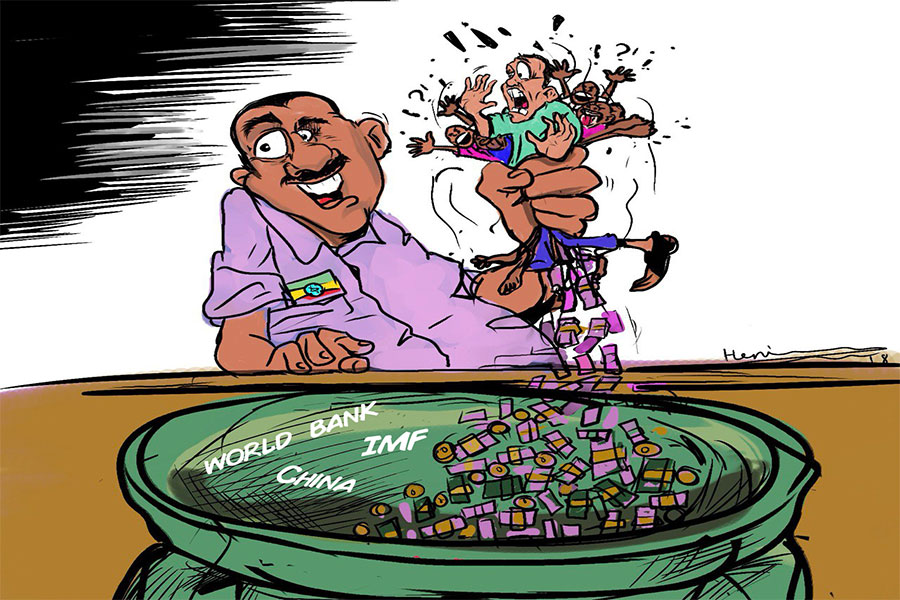
Oct 18 , 2025
The political establishment, notably the ruling party and its top brass, has become p...
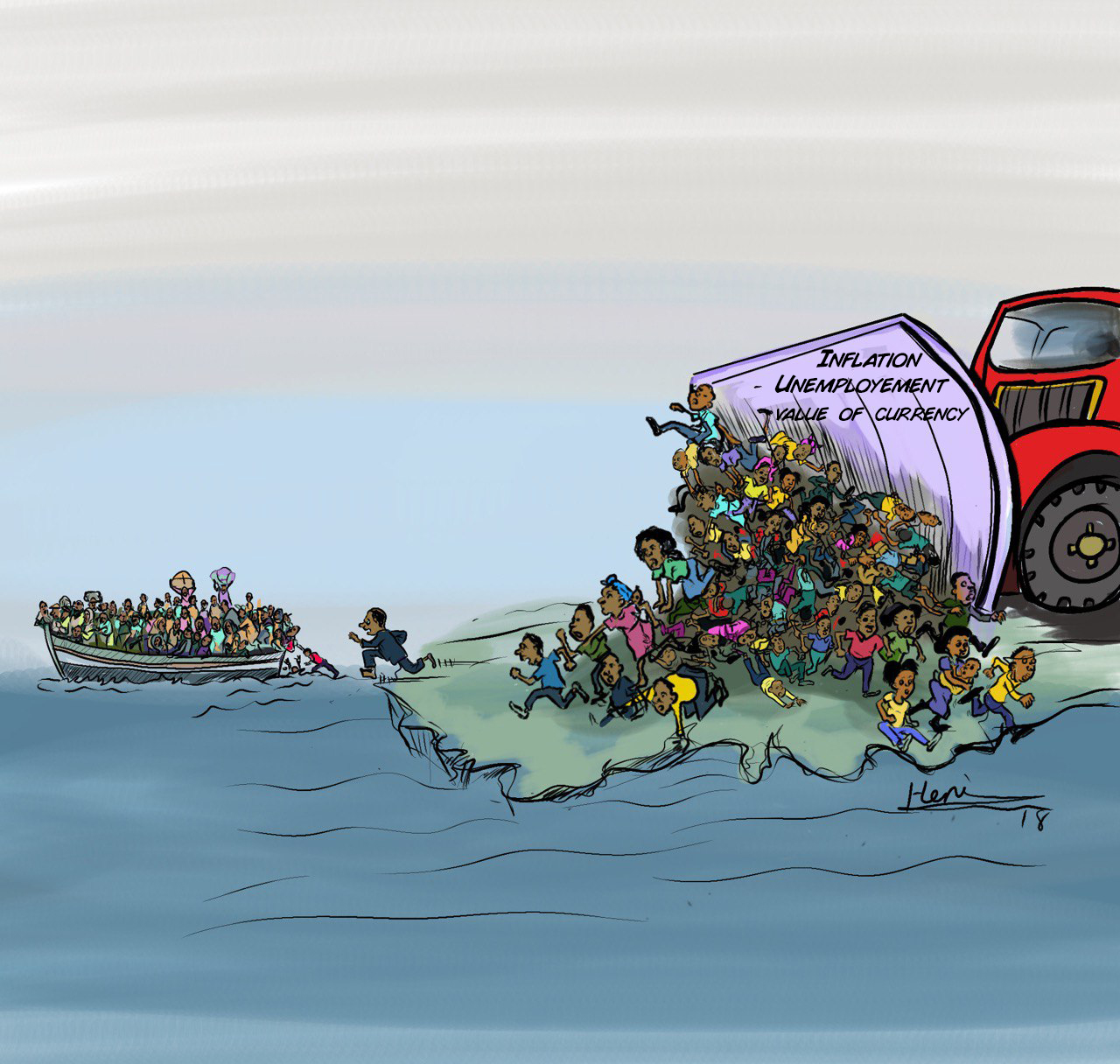
Oct 11 , 2025
Ladislas Farago, a roving Associated Press (AP) correspondent, arrived in Ethiopia in...
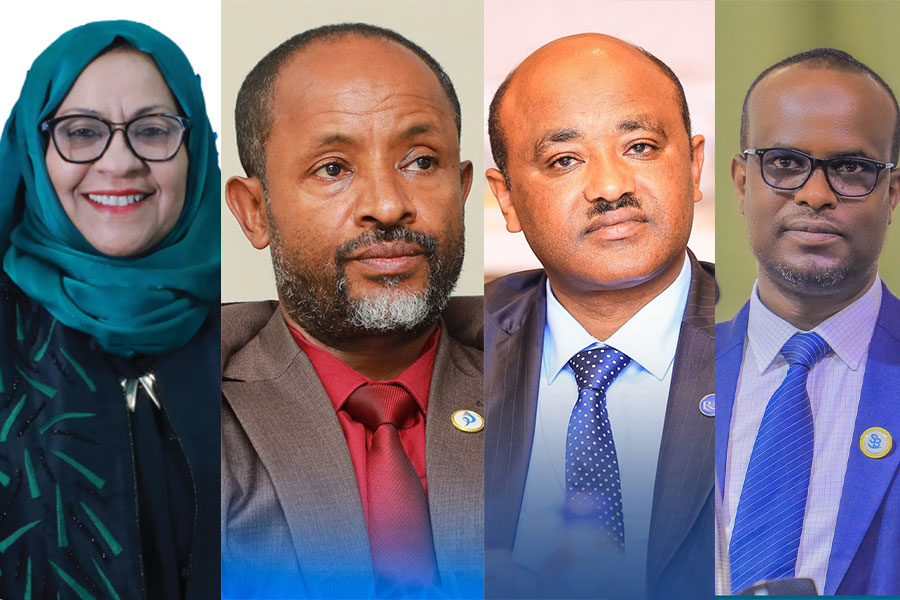
Nov 2 , 2025
The National Bank of Ethiopia (NBE) has scrapped the credit-growth ceiling that had s...
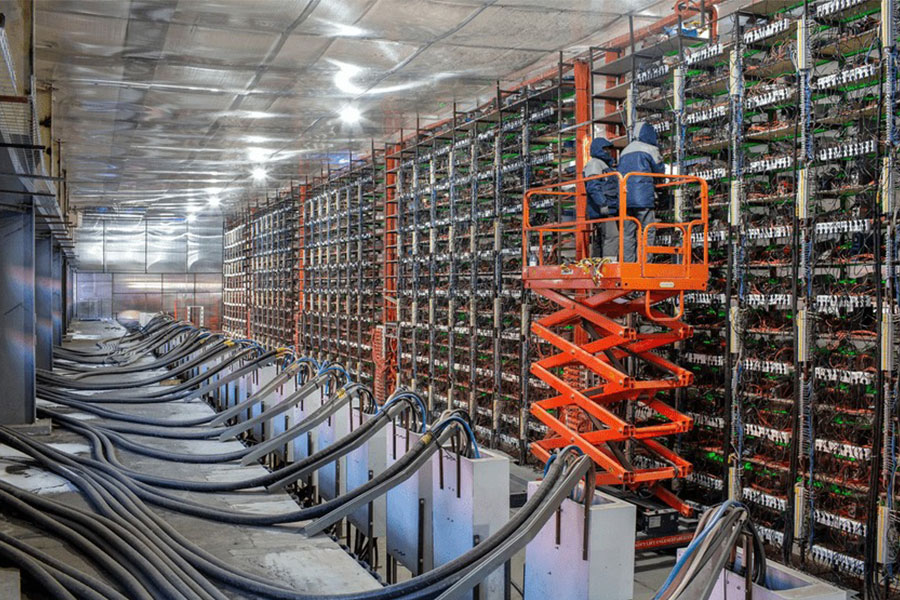
Nov 2 , 2025 . By SURAFEL MULUGETA
The burgeoning data mining industry is struggling with mounting concerns following th...

Nov 2 , 2025 . By YITBAREK GETACHEW
Berhan Bank has chosen a different route in its pursuit of a new headquarters, opting for a transitional building instea...

Nov 2 , 2025 . By BEZAWIT HULUAGER
Nib International Bank S.C. has found itself at the epicentre of a severe governance...